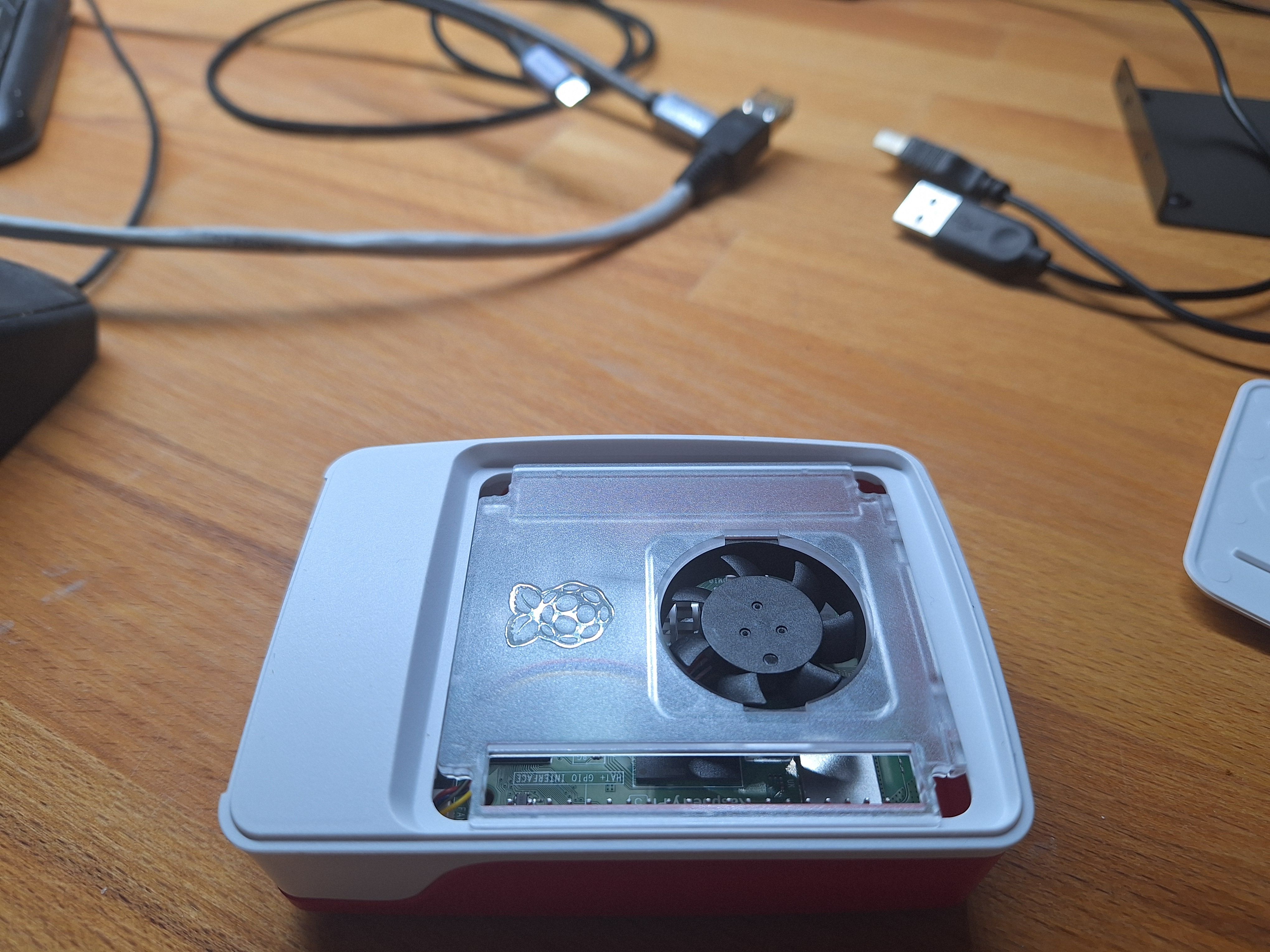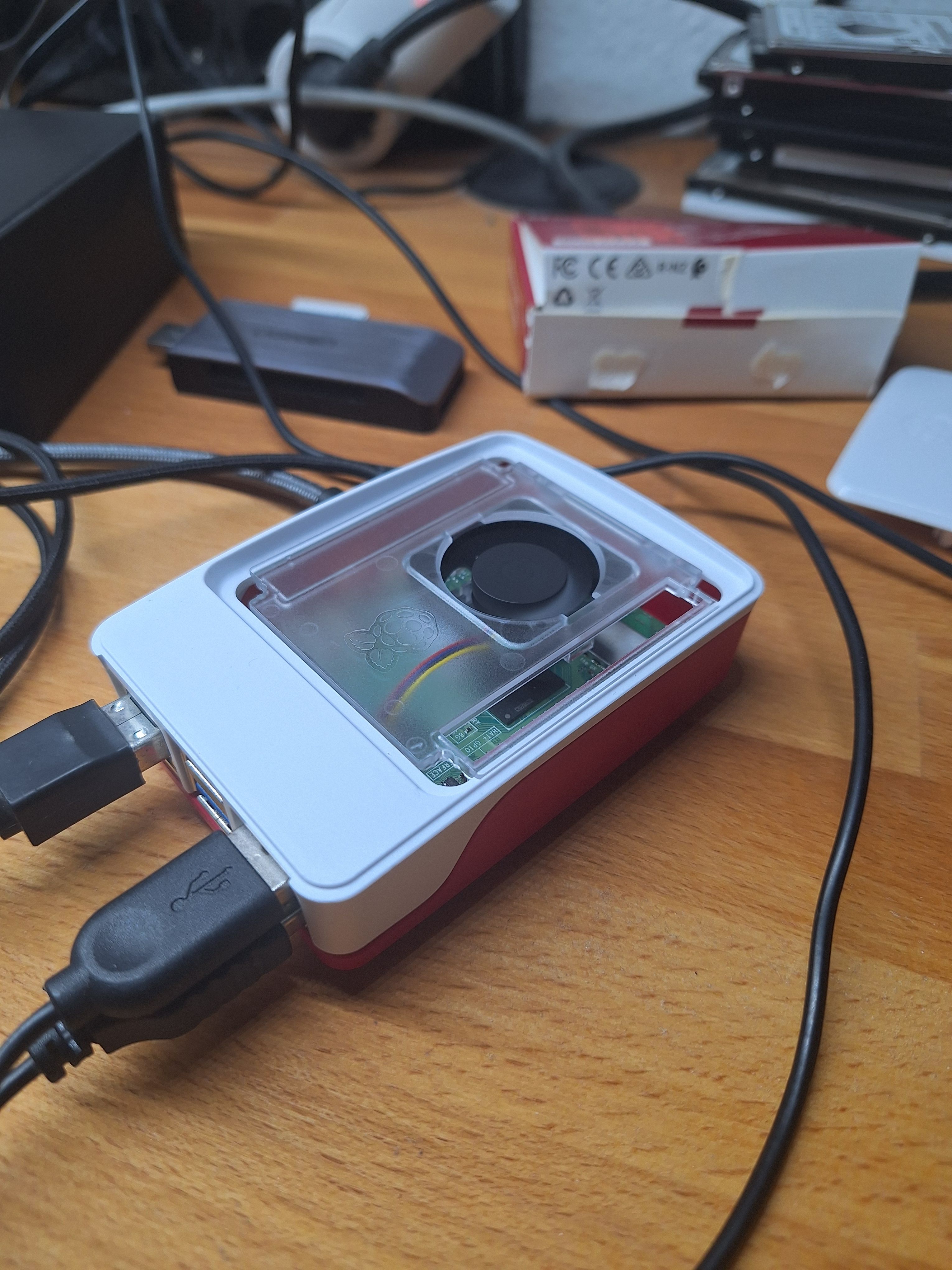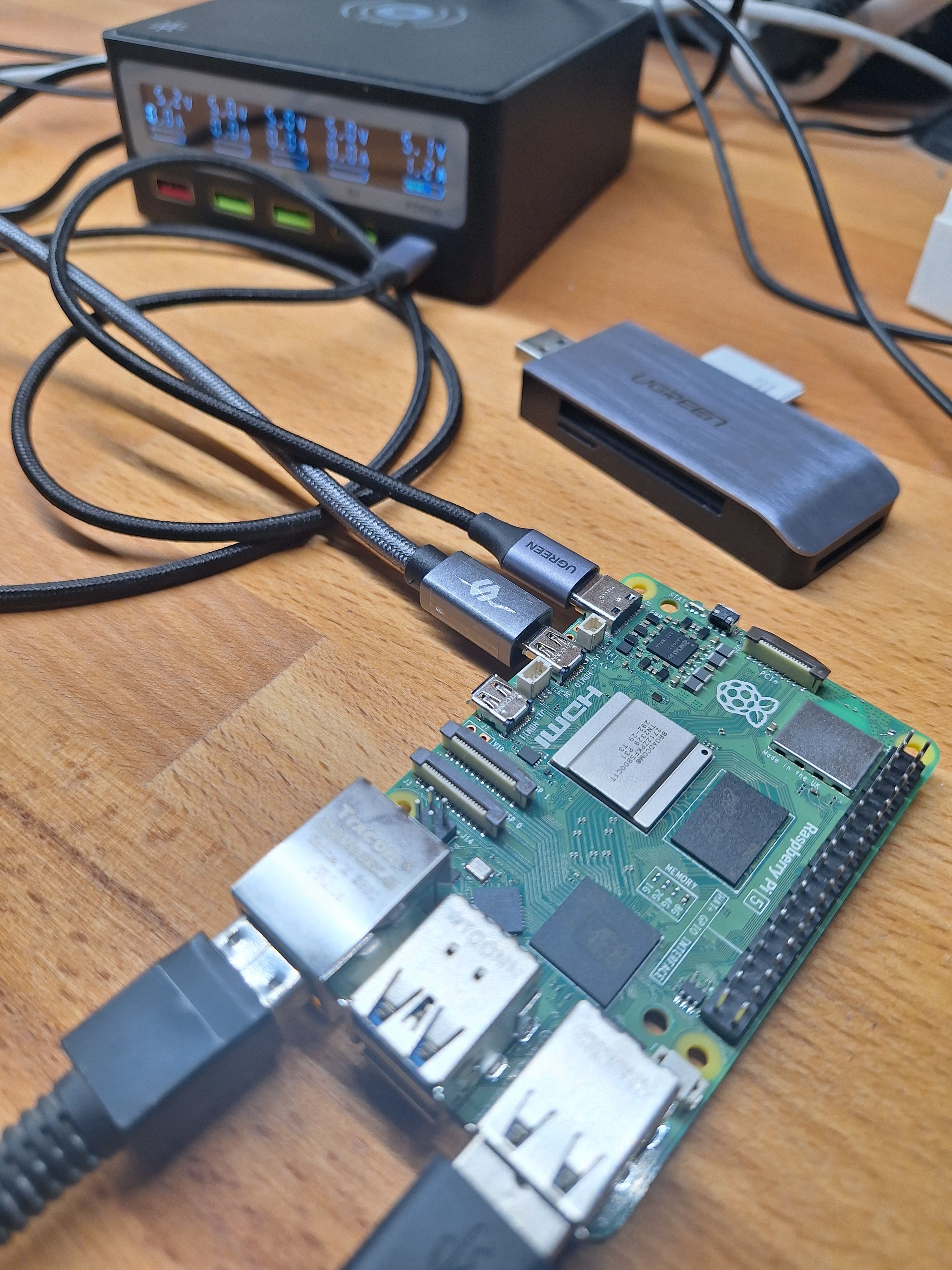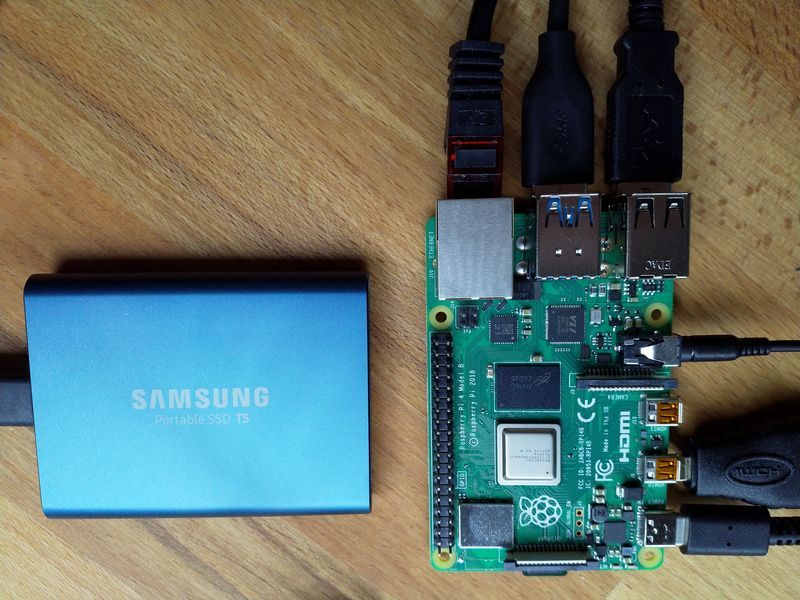Raspberry Pi 5 - Original Gehäuse mit Lüfter
-
Der Lieferumfang beinhaltet das Gehäuse mit 4 Aufklebern, die als Gehäusefüße dienen. Dabei liegt ein ALU-Kühlkörper für die CPU. Außerdem enthält das Gehäuse einen kleinen Lüfter (30 * 30mm).
Ein paar Bilder
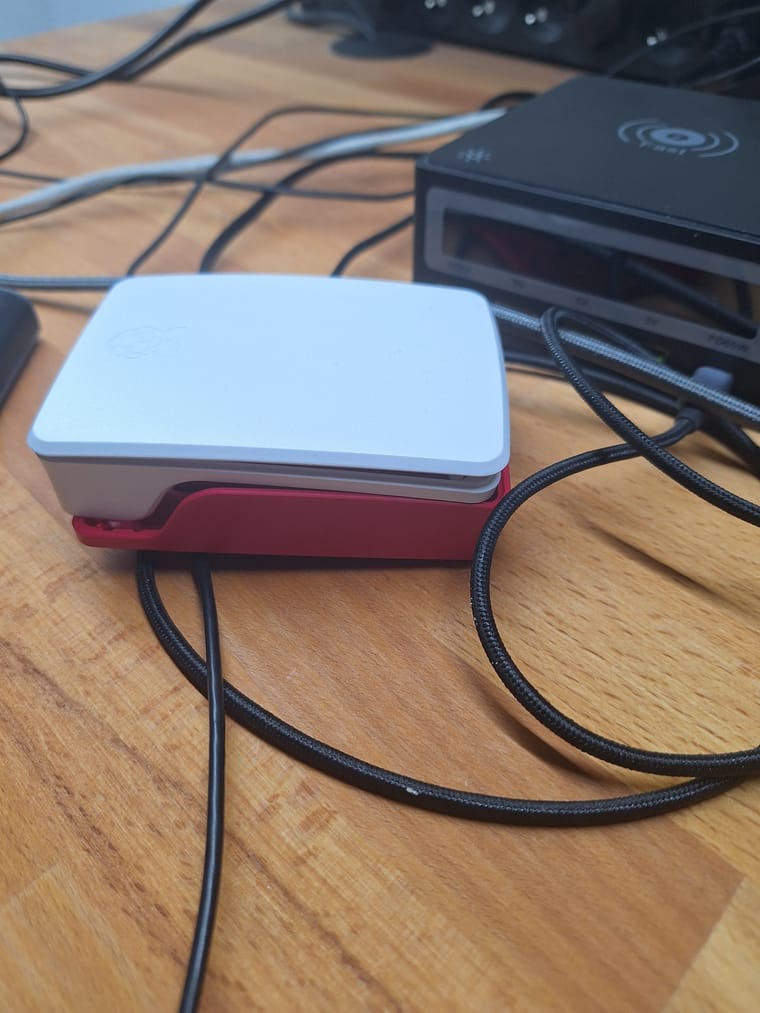
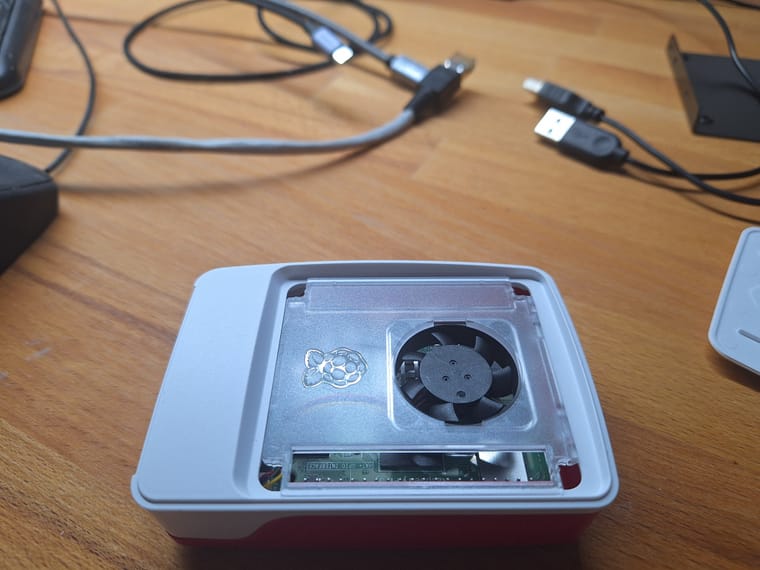

Wenn man die PCIe Schnittstelle mit dem HAT benutzen sollte (aktuell finde ich das nirgendwo), wird das Gehäuse wohl nicht nutzbar sein!?
Dazu habe ich das hier gefunden
One of the most exciting additions to the Raspberry Pi 5 feature set is the single-lane PCI Express 2.0 interface. Intended to support fast peripherals, it is exposed on a 16-pin, 0.5mm pitch FPC connector on the left-hand side of the board.
From early 2024, we will be offering a pair of mechanical adapter boards which convert between this connector and a subset of the M.2 standard, allowing users to attach NVMe SSDs and other M.2-format accessories. The first, which conforms to the standard HAT form factor, is intended for mounting larger devices. The second, which shares the L-shaped form factor of the new PoE+ HAT, supports mounting 2230- and 2242-format devices inside the Raspberry Pi 5 case.
Quelle: https://www.raspberrypi.com/news/introducing-raspberry-pi-5/Nächster Test wird mit neuem Netzteil das Booten von Platten an der USB3 Schnittstelle sein. Ich weiß schon mal, das das ohne Probleme geht, aber dafür braucht man zwingend ein passendes Netzteil.
When using a standard 5V, 3A (15W) USB-C power adapter with Raspberry Pi 5, by default we must limit downstream USB current to 600mA to ensure that we have sufficient margin to support these workloads. This is lower than the 1.2A limit on Raspberry Pi 4, though generally still sufficient to drive mice, keyboards, and other low‑power peripherals.
Quelle: https://www.raspberrypi.com/news/introducing-raspberry-pi-5/

